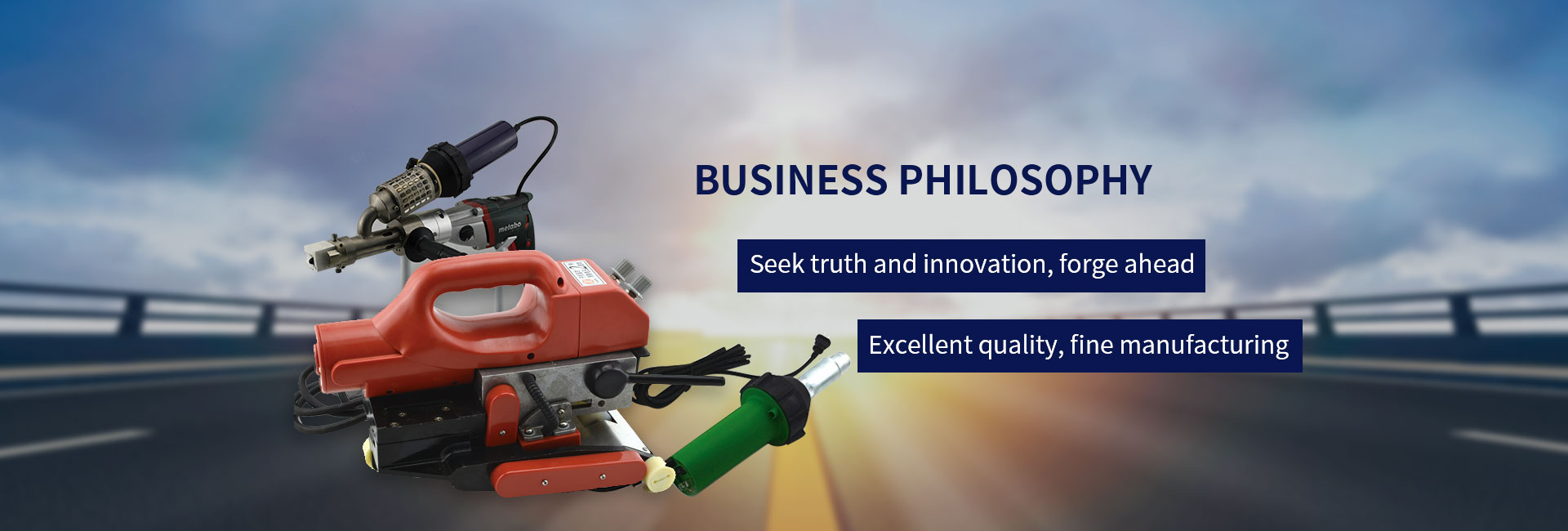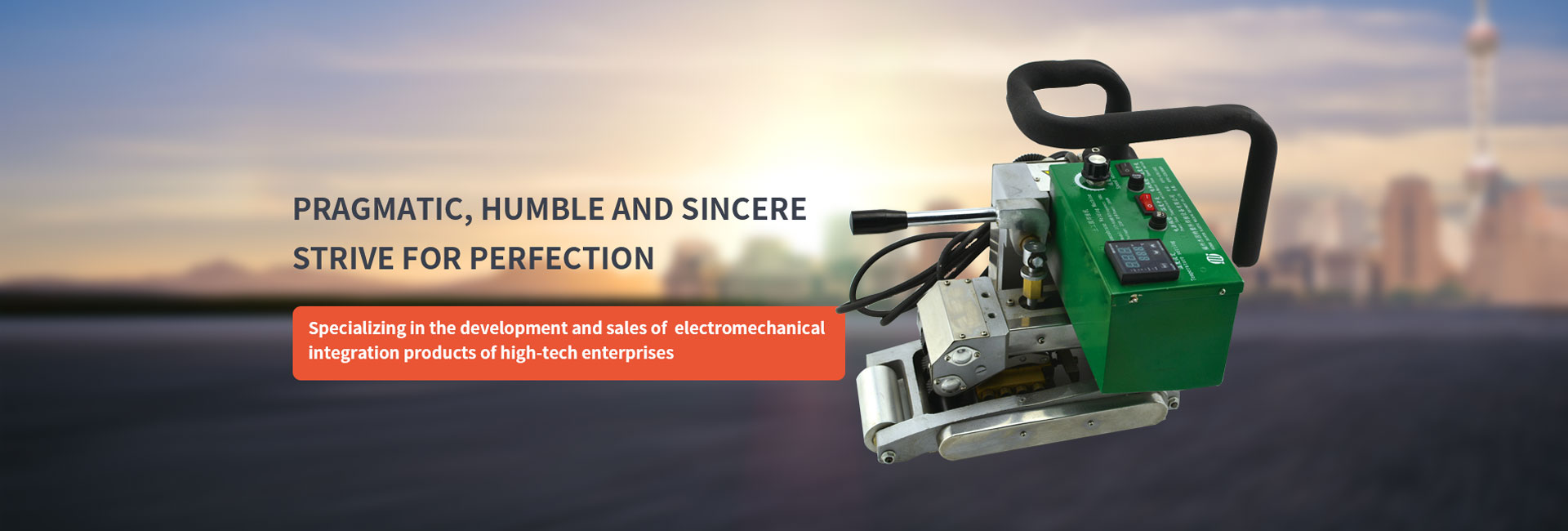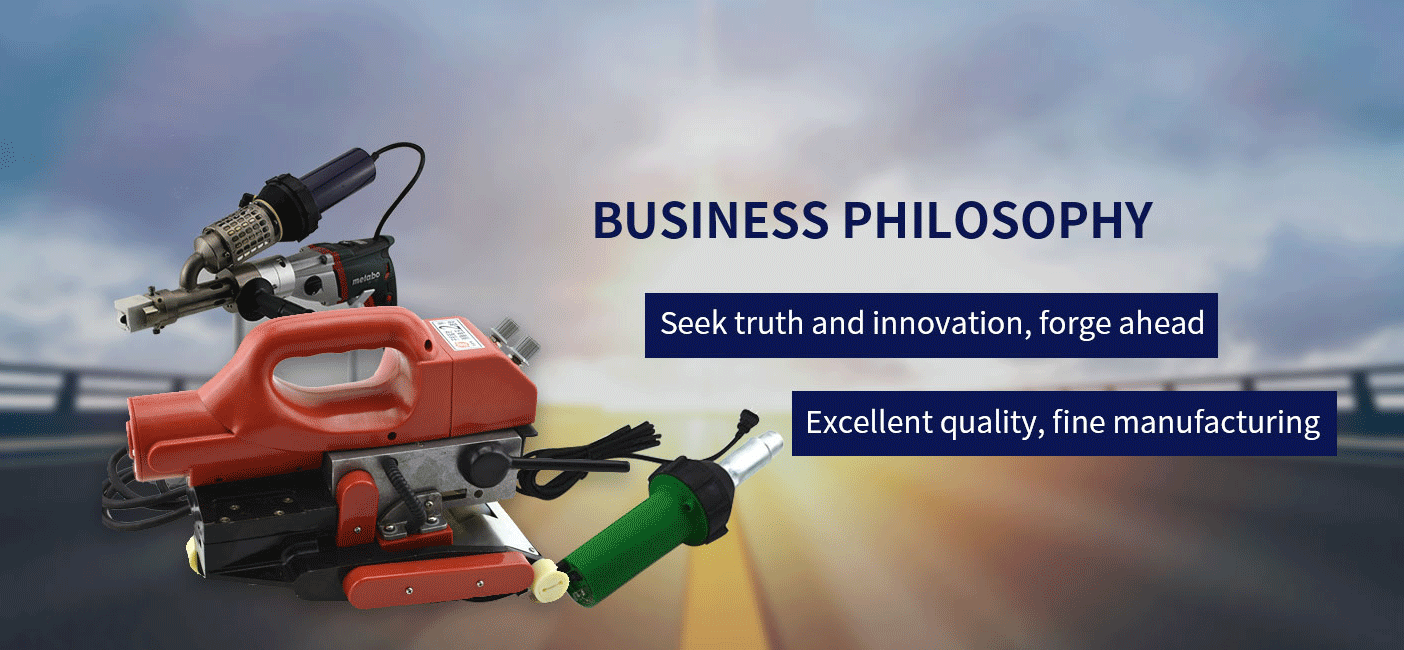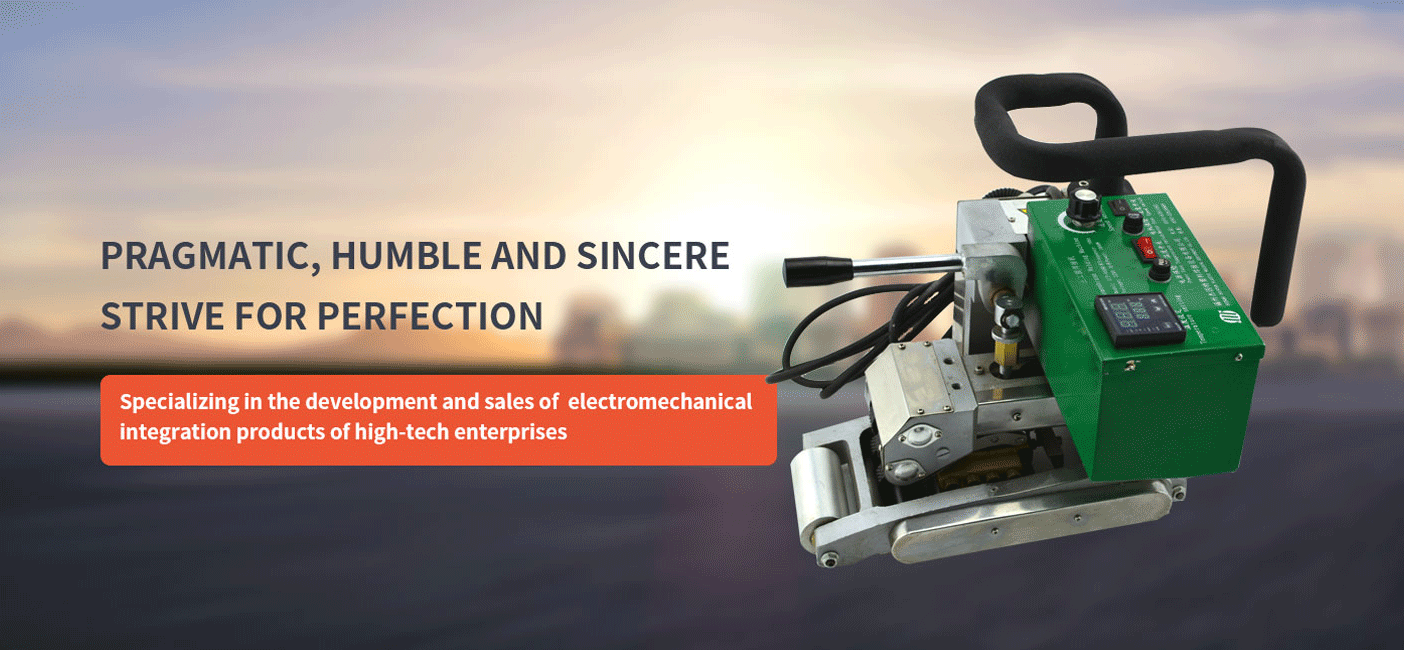There are generally two ways of plastic connection: bonding and welding. Generally speaking, the production efficiency of bonding process is low and beautiful, and the adhesives have certain toxicity; while the welding process is relatively high production efficiency, beautiful welding parts, high welding strength, so plastic welding process has been more and more widely used.
Firstly, the correct weldable material should be selected. In the actual production process, only thermoplastic plastics with the same or similar molecular structure can be welded. The chemical bonding between molecules is on the welding surface, so the closer the parent material is, the better the welding effect is. At the same time, the content of fillers in plastics has a great relationship with the solderability and welding quality of plastics, which changes the physical properties of materials. When the filler content is more than 30%, due to the insufficient proportion of surface plastics and the insufficient fusion between molecules, the weldability will be reduced.
Secondly, appropriate welding methods should be adopted according to the type of materials, the shape of products and the cost. According to the different heating and softening methods, plastic welding can be divided into external heating source, mechanical movement and electromagnetic softening.
1. Welding technology softened by external heating source:
1. Hot plate welding
Hot plate welding is a kind of welding method which melts and softens the two planes needed to be welded, removes the electrothermal plate quickly, merges the two planes and forces them to cool. It is suitable for the welding of non-rotating or large plastic workpieces which are difficult to melt by ultrasonic wave. This method has high welding strength, and the shape design of welding parts is relatively easy, such as automobile water tank and automobile toolbox. Automobile combination lamp, washing machine balance ring and other products.
2. Hot air welding
When hot air flows directly to the weld zone, the filler wire and the weld zone of the same material as the base metal are melted, and the filler material and the welded plastics are melted together to form a weld. The advantage of this welding method is that the welding equipment is light and easy to carry, but the welding skill of the operator is relatively high.
3. Hot rod and pulse welding
These two technologies are mainly used in the welding of plastic film with smaller thickness. And the two methods are similar, they are two thin films pressed together, using the instantaneous heat generated by hot rods or nickel-chromium wires to complete welding.
2. Method of welding by mechanical motion softening:
Mechanical motion welding is a fully automatic welding process. It uses the heat generated by friction between two workpieces under pressure to melt the plastic on the contact surface. It needs special welding equipment to fix it positively until it solidifies firmly. Once the correct welding parameters are determined, the operator can stabilize the production. Its advantages are: fast, flexible, stable welding process, no flux or protective gas, no harmful gas or slag, the welding quality of products is guaranteed. According to the moving track, it can be divided into linear type and rotary type: linear type can be used for the welding of straight and plane seams, and rotary type can be used for the welding of circular seams.
1. Ultrasound welding
Ultrasound welding is a kind of high frequency sinusoidal wave signal produced by signal generator, which is converted into high frequency mechanical vibration energy by transducer. Then the amplified vibration is coupled to the welded plastic parts by horn and welding head. The high frequency friction under high pressure makes the plastic contact surface melt at high temperature instantaneously. After the stop of ultrasonic wave, the two plastic parts after short holding pressure cooling are welded as one. In general, the welding process does not exceed one second, and the welding is strong.
Degree can be comparable to the body, widely used in electronics, electrical appliances, automotive accessories, packaging, plastic toys, stationery, daily necessities, handicrafts and other industries. When welding plastic products, there is no need to add any adhesives, fillers or fluxes, nor consume a large number of heat sources. It has the advantages of simple operation, fast welding speed, high welding strength, beautiful welding parts and high production efficiency. In addition, the riveting of plastic and metal parts can be realized by the ultrasonic welding process. Therefore, ultrasonic welding technology has been more and more widely used.
2. Rotary Friction Welding
The mechanical energy is converted into heat energy by the relative high-speed rotating friction of the workpiece, which warms up the friction on the contact surface of the welded workpiece and presses it after melting, so that it can be welded together. Compared with ultrasonic welding, the process is not limited by workpiece size and material, and the welding strength is higher than other plastic welding processes, almost close to the strength of the plastic body. It is suitable for welding rotary parts such as filter element, plastic cup, float ball, toy ball and lotus head.
3. Welding method of softening surface by electromagnetic action:
1. High Frequency Welding
High frequency welding is to use electromagnetic induction principle and high frequency induction heating technology to penetrate plastic products to produce induction heating for inductors or magnetic plastics buried in plastic parts, which makes the welded plastics produce heat in the fast alternating electric field and make the welded parts melt quickly, then fill the gap between the joints, and assist with perfect mechanical devices to achieve perfect welding. It is suitable for welding stationery clips, inflatable articles, waterproof clothes and blood bags.
2. Infrared welding
This technique is similar to the electrothermal plate welding, which requires two parts of the welding to be fixed close to the electrothermal plate but not in contact with the electrothermal plate. Under the action of thermal radiation, the joint is melted, then the heat source is removed, the two parts are butted and pressed together to complete the welding. This method does not produce welding slag, pollution-free, high welding strength, mainly used for PVDF, PP and other high precision pipeline system welding.
3. Laser welding
The principle is to focus the laser beam through the optical path system composed of mirror, lens or optical fiber in the area to be welded to form a thermal action zone. Plastics in the thermal action zone are softened and melted. In the subsequent solidification process, the melted material forms a joint, and the welded parts are connected, usually used in PMMA, PC, ABS, LDPE, HDPE, PVC, PA6, PA66. Welding of materials with good transmittance such as PS, carbon black and other absorbents are added to the heat action zone to enhance the heat absorption effect. Plastic laser welding has many advantages: fast welding speed and high precision; automatic and precise numerical control is easy to achieve. Therefore, plastic laser welding technology has been widely used in automobile, medical equipment, packaging and other fields.









